Doppleganger Drawing
This is the sixth of six resources in the series: ‘Drawing for Science, Invention & Discovery Even If You Can’t Draw’ by Paul Carney, educational consultant and author. The projects enable teachers of both art and science to approach drawing from a new perspective. You can see all of the resources here.
Many people find drawing difficult so I’ve developed this simple technique to show you how you might improve your drawings. What I want you to do is to hold your fingers out like this in front of you, and I’d like you to try and start moving them in synchronisation.
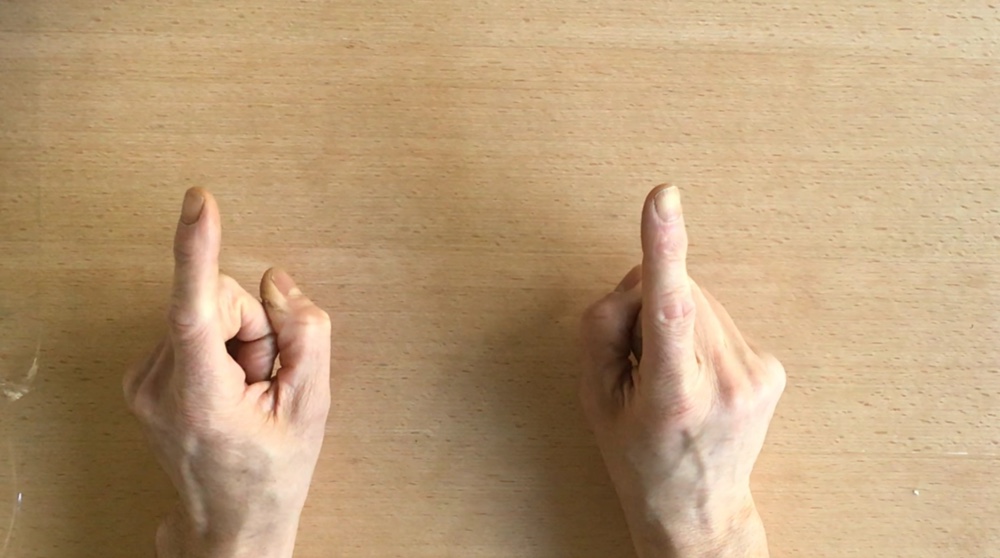 What that means is if I move one finger one way, the other finger has to follow, and if I move it the other way, the second finger has to move that way too, like a pair of windscreen wipers.
What that means is if I move one finger one way, the other finger has to follow, and if I move it the other way, the second finger has to move that way too, like a pair of windscreen wipers.
I’d like you to be as accurate as you can so that they are moving in perfect time with each other. And then we can change so that we’re starting to move in different directions, we’re trying to trick the fingers, and trying to move them around together. Keep doing that for a minute.
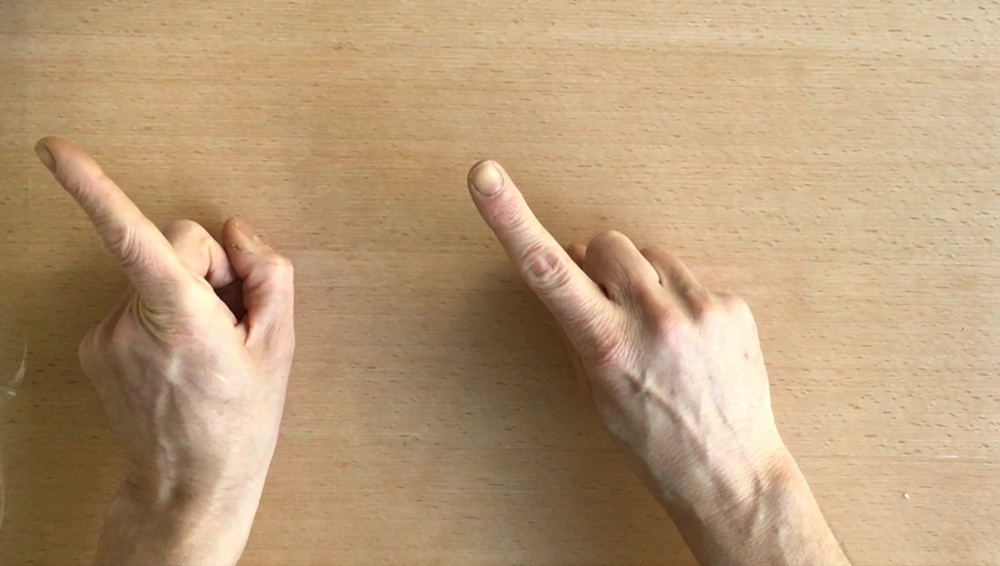
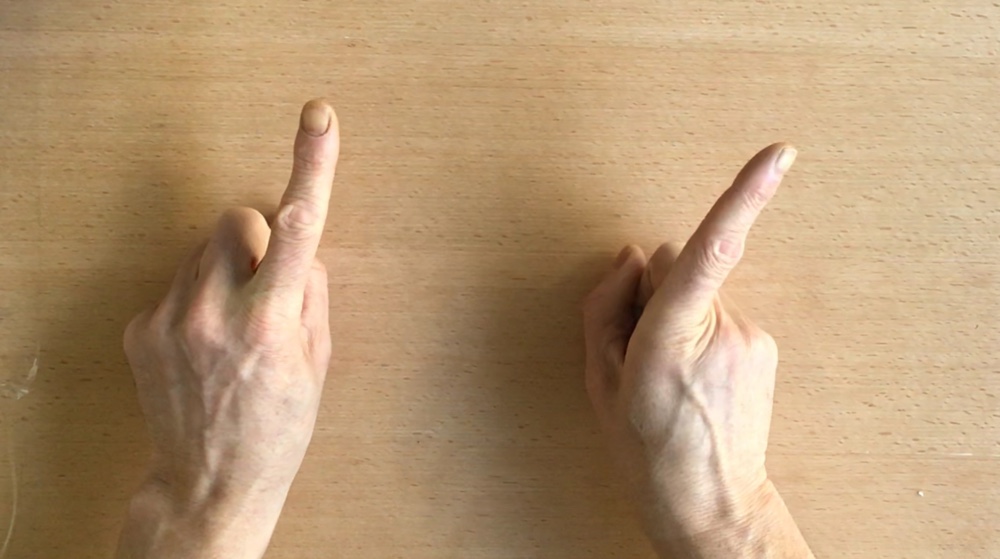
How can that help us to draw? Let me show you. I’ve got a piece of paper, and I’ve got a photograph that I want to draw. And then I’m going to take my pencil and my pencil is going to act like my second finger, so that when I move my finger, my drawing hand is going to move in synchronisation with it.
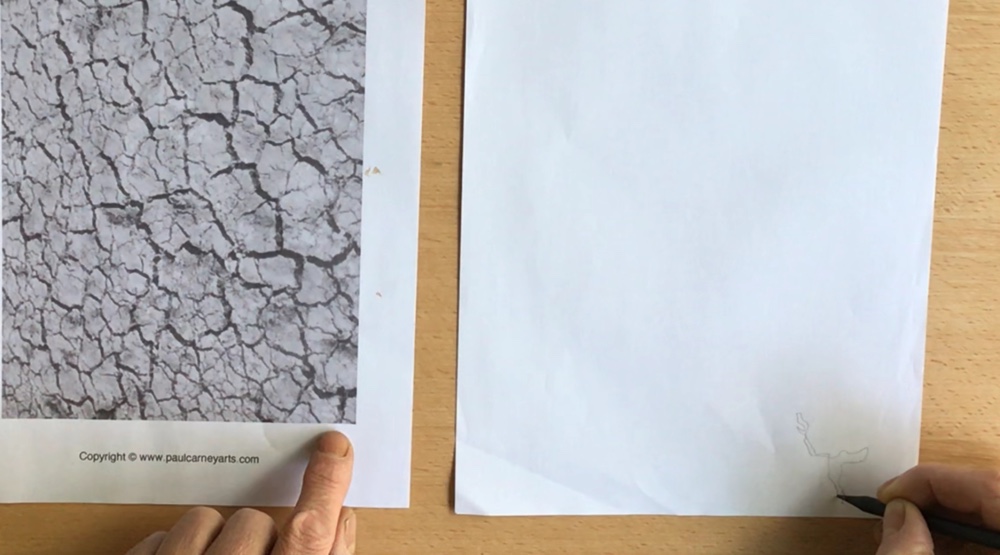
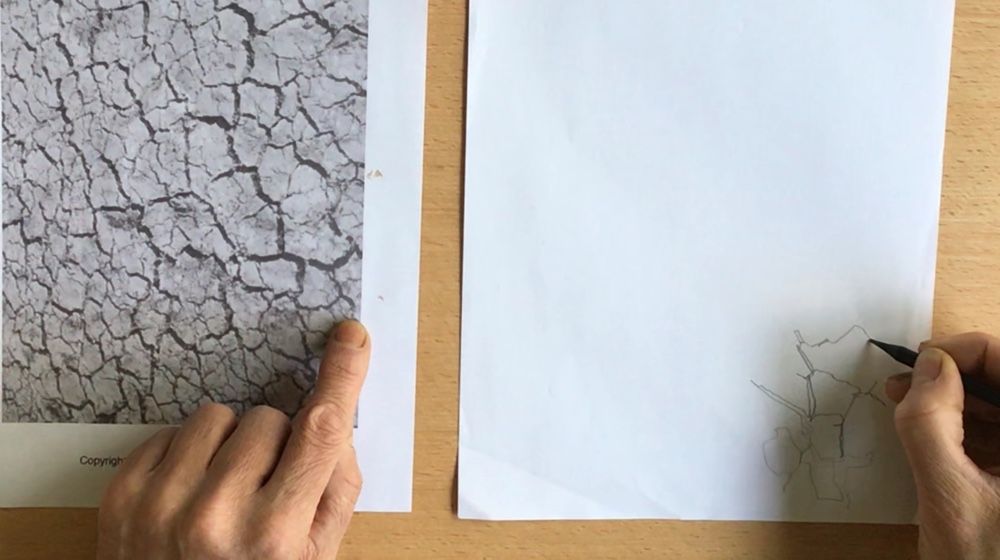
What I’m teaching you to do is to only look at the finger so that you don’t need to look at what the drawing hand is doing. You can eventually trust that your drawing hand is going to do whatever this other hand is doing.
So this is how we can improve our drawing through a simple Doppleganger drawing technique.
See all of the resources by Paul in the series here: ‘Drawing for Science, Invention & Discovery; Even If You Can’t Draw’.
Adapted from the book ‘Drawing for Science, Invention & Discovery’ by Paul Carney

